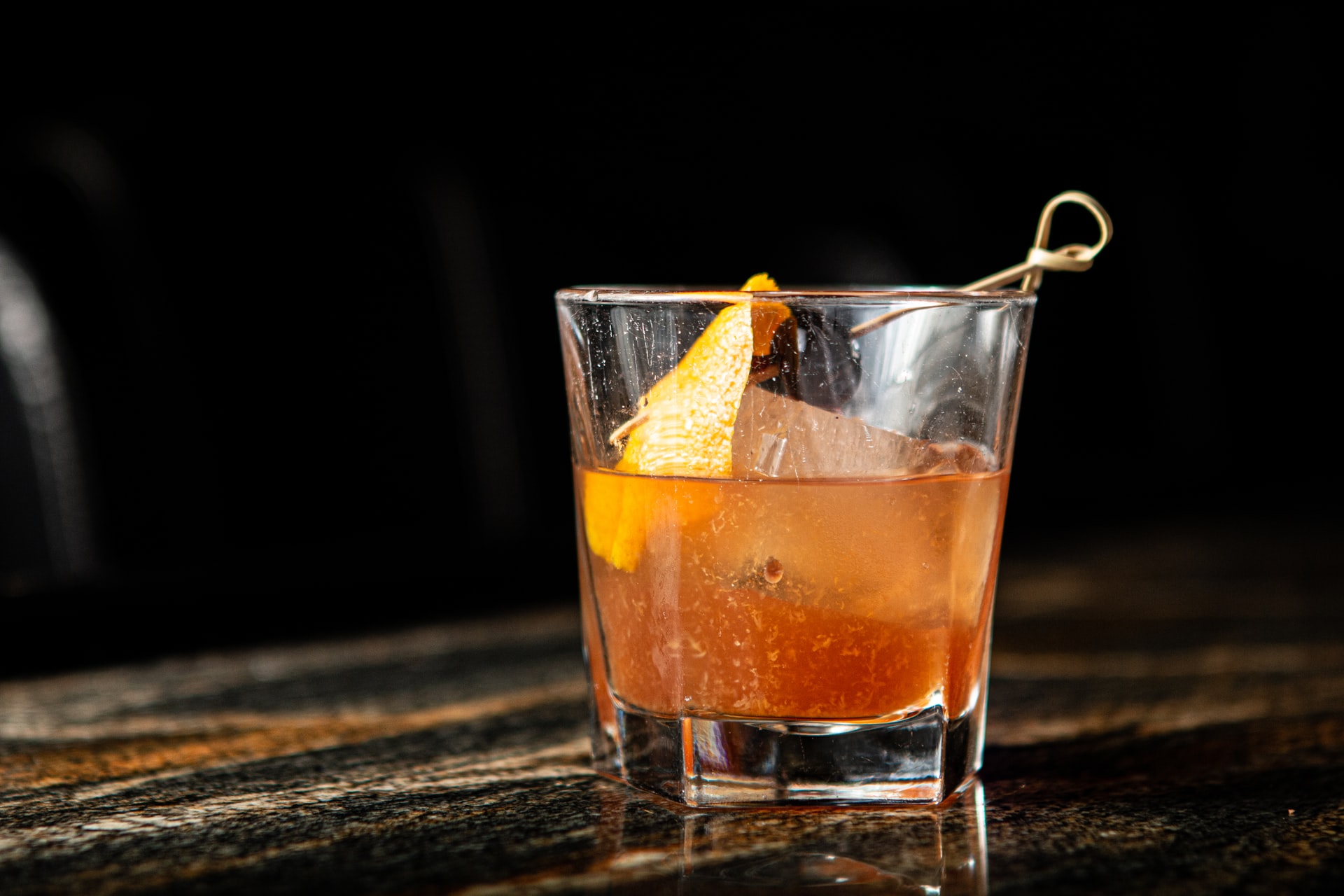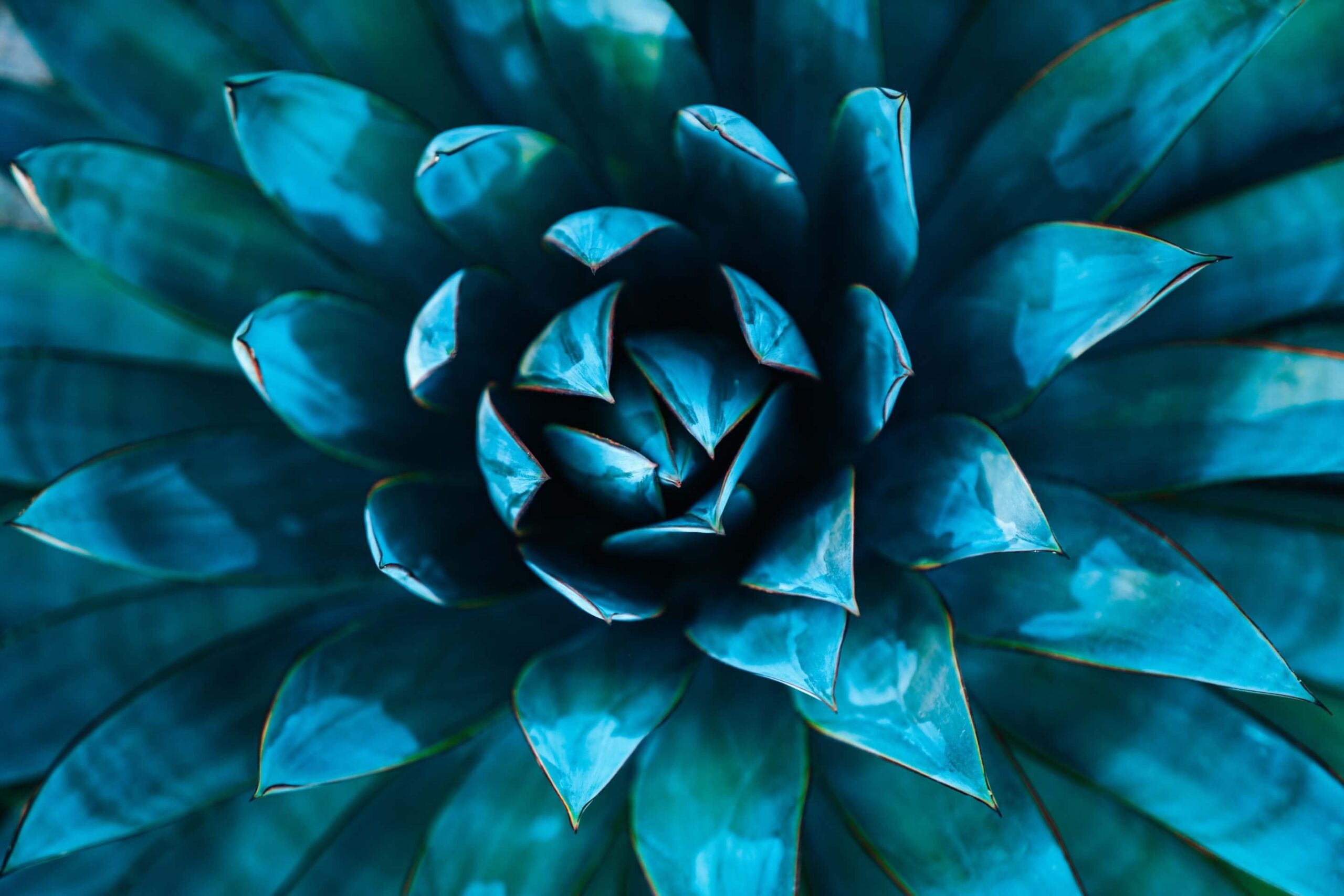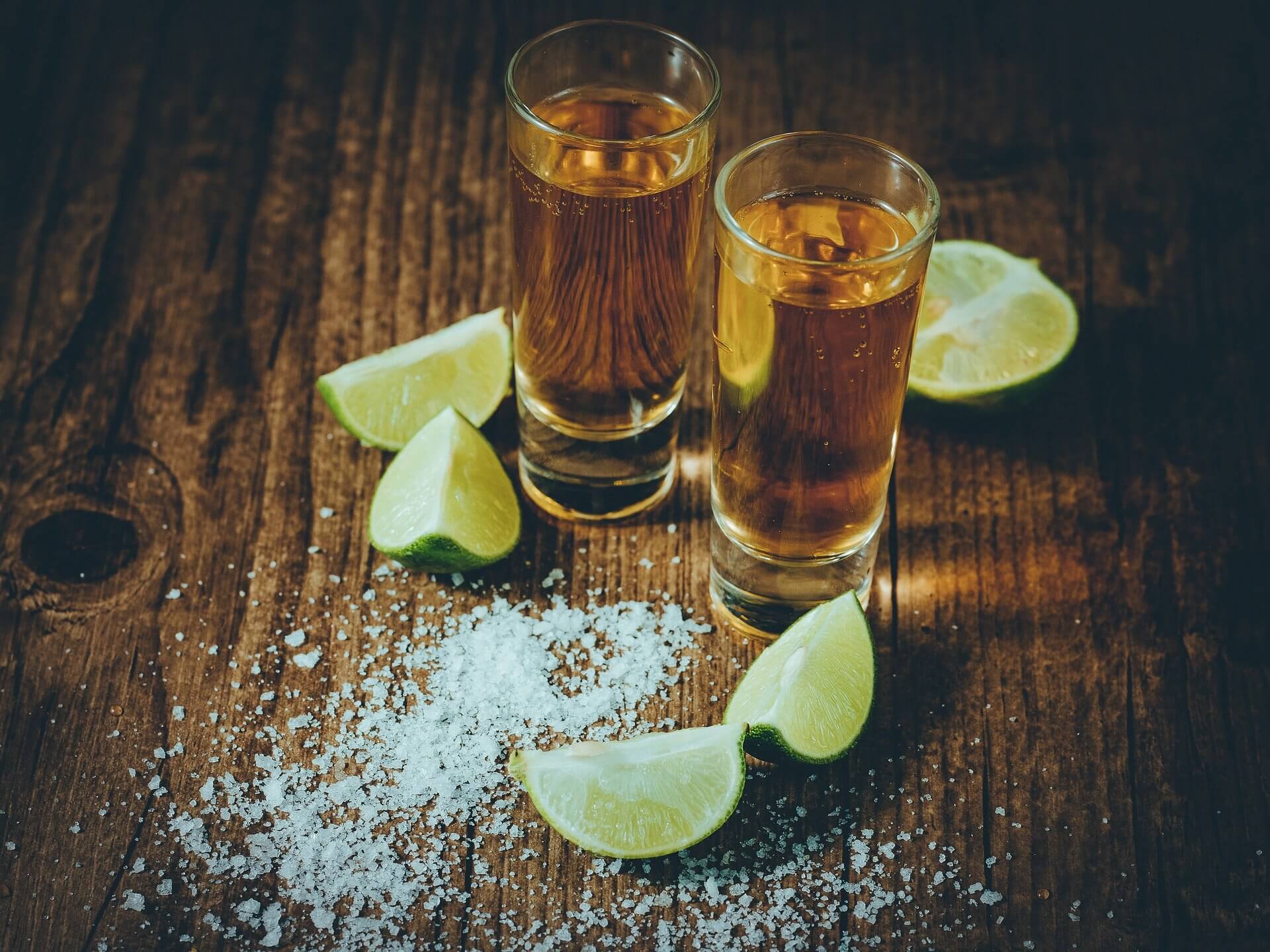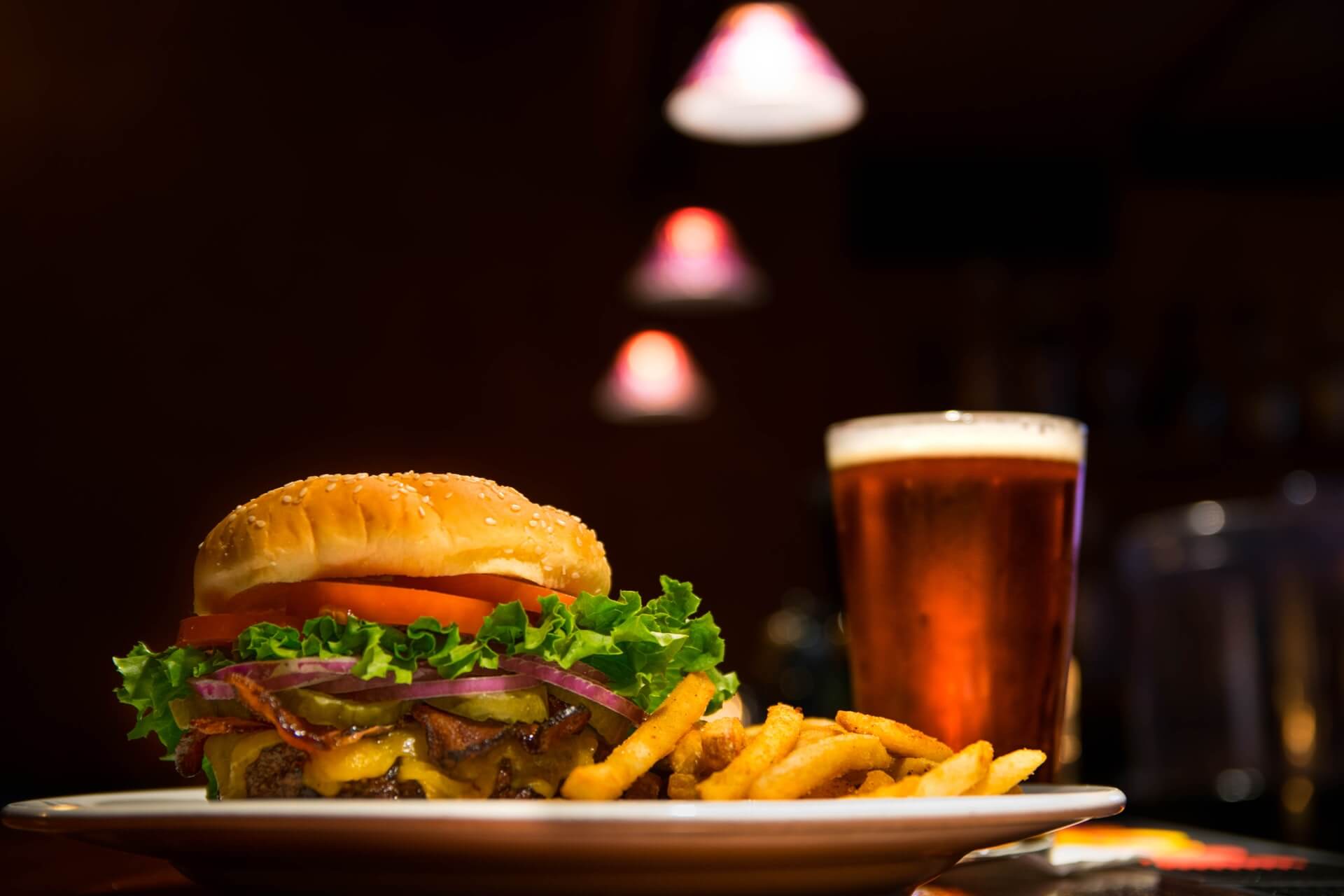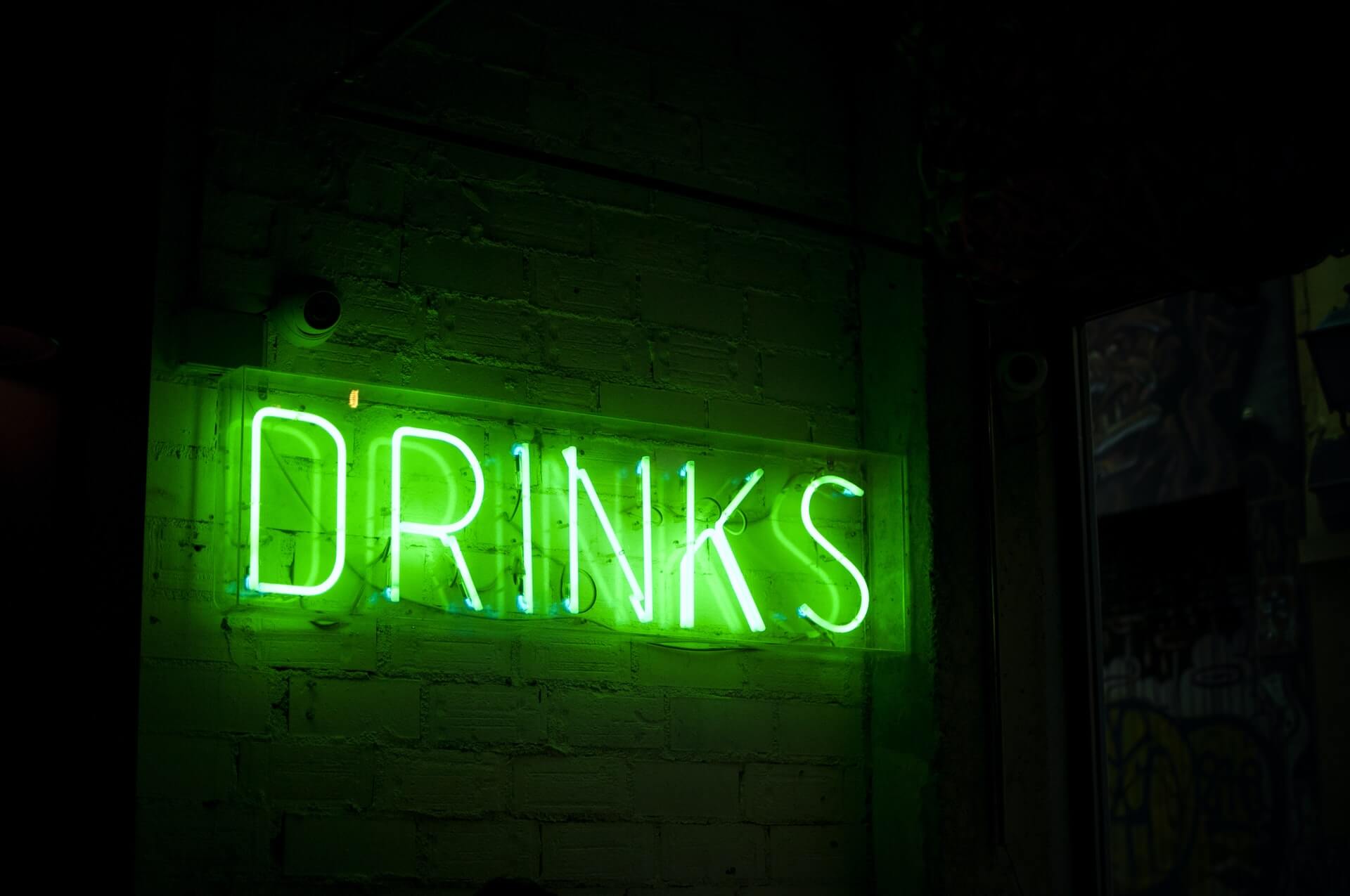Go Big and Bold on National Zinfandel Day
by David Klemt
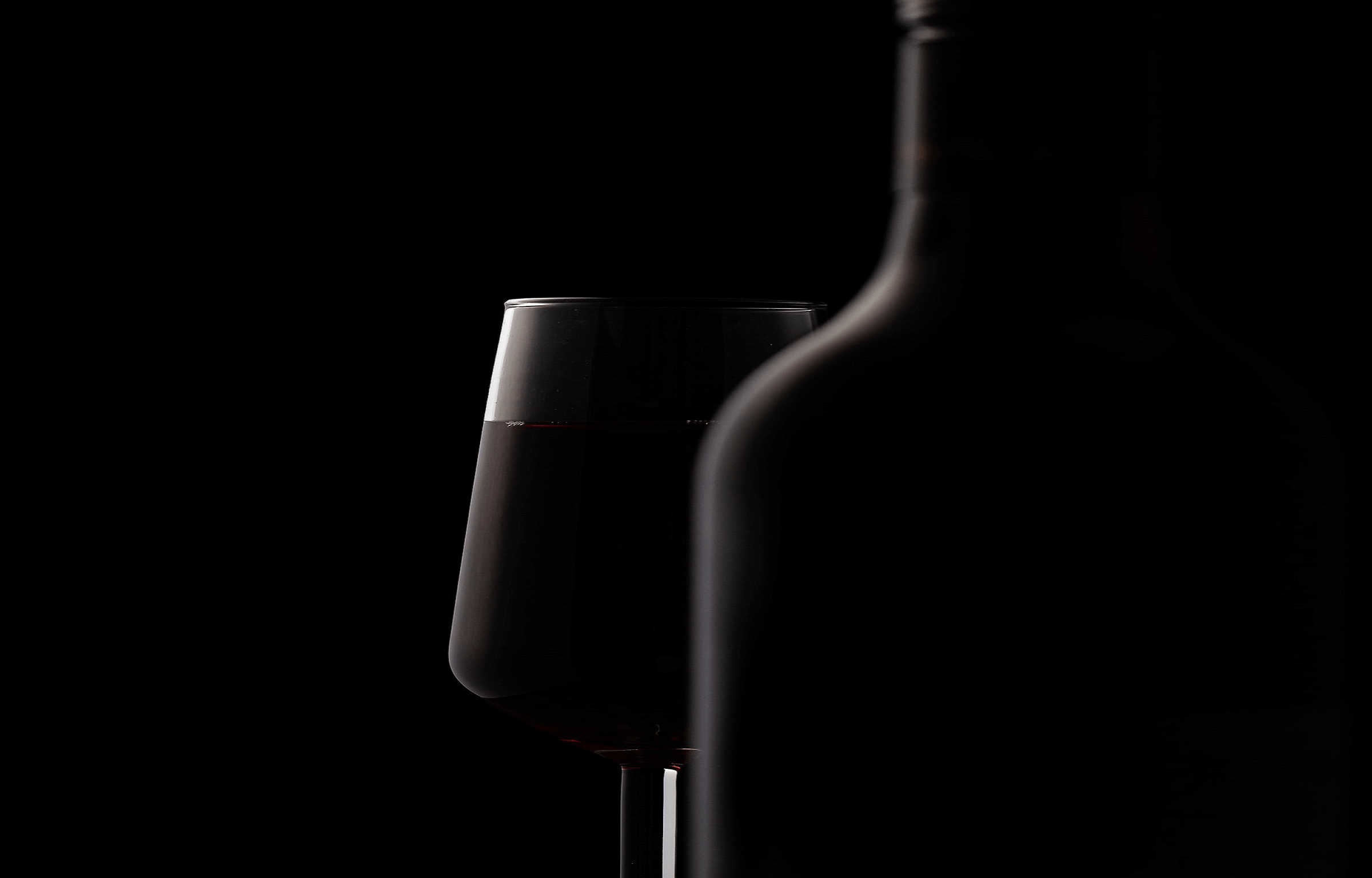
Cabernet Sauvignon may be King of Grapes but Zinfandel certainly isn’t the court jester when it comes to wine.
No, it’s not one of the five Noble Grapes from Bordeaux. And yes, in Italy Zinfandel’s name is Primitivo, which translates to “primitive.”
But just because this red wine is often described as rustic doesn’t mean it’s basic.
National Zinfandel Day, which takes place Wednesday, November 17, is the perfect time to introduce Zin to your guests.
Zinfandel 101
While there are a few reasons Bordeaux doesn’t consider Zinfandel to be a Noble Grape, there’s one in particular that stands out: Zinfandel is an Italian grape. Well, sort of.
Basically, Zinfandel is grown in Italy and America. Intriguingly, however, the grape originates from Croatia. It’s original name is Tribidrag.
Another interesting note: Red Zinfandel only accounts for about 15 percent of overall Zin production. You’re probably already guessing which style accounts for the lion’s share: White Zinfandel.
Now, you can promote both styles of Zinfandel—that’s a decision you have to make. But for this article, I’m talking exclusively about Red Zinfandel.
This is for three reasons. First, White Zinfandel is best as a beginner wine. It’s light, it’s usually low in alcohol, and it’s not very complex.
Second, you can sell Red Zinfandel as a worthwhile alternative to Cabernet Sauvignon, the most popular wine in the world. Third, it’s delicious, full-bodied, and the ABV is often quite high.
A great Red Zin is jammy (like a big Cab), bold (like a big Cab), and velvety (like a big Cab). So, many of the Cab Sauv drinkers among your guests will be willing to try a medium- to full-bodied Red Zin.
This “rustic” wine also pairs well with pizza and barbecue. How can that ever be a bad thing?
Bottles of Note
Orin Swift 8 Years in the Desert (15.8% ABV), $50 SRP
It’s arguable that Red Zinfandel’s rise in popularity is due to it showing up in many red wine blends. Another factor? Winemaker Dave Phinney in particular utilizing this grape in his red blends. 8 Years in the Desert round in the mouth, providing drinkers with a decadent, lush wine drinking experience.
Bedrock Old Vine Zinfandel (14.4% ABV), $22 SRP
The 2019 vintage of Bedrock’s Old Vine Zin receives top marks from experts across the board. When it comes to American Zins, wine aficionados consider this Zin to be the gold standard.
Opolo Mountain Zinfandel (15.7% ABV), $30 SRP
For those guests who want to taste a straight-up, 100-percent Zinfandel. Opolo is one of the finest producers of American Zin. The 2019 vintage is velvety smooth even with it’s big alcohol content and bold, jammy flavors.
The Prisoner Wine Company Saldo (15.5% ABV), $32 SRP
You don’t have to be a wine aficionado to be familiar with The Prisoner Wine Company. In fact, The Prisoner, undoubtedly one of those most famous red wine blends in the world, helped shine a spotlight on Red Zinfandel. Saldo is a three-wine blend of Zinfandel, Petite Sirah, and Syrah.
Seghesio Old Vines Zinfandel (15.6% ABV), $36 SRP
Like Opolo, Seghesio produces big Zins that offer the drinker a balanced experience. Yes, the alcohol content is high but the mouthfeel is smooth and plush while delivering bold flavors. The mouthfeel may be soft but it’s certainly not shy on the palate.
Turley Old Vines Zinfandel (15.5% ABV), $40 SRP
So, there’s a debate over whether “Old Vine” or “Old Vines” has any official definition. In general, a grapevine matures some time between 12 and 25 years old. Some say that “Old Vine” is a designation that means more than 25 years old, at least 40 years old, or at least 50 or 60 years old. Well, it’s fair to say that Turley offers true “Old Vine” Zinfandel given that the producer’s grapevines range in age from 40-plus to nearly 130 years old.


